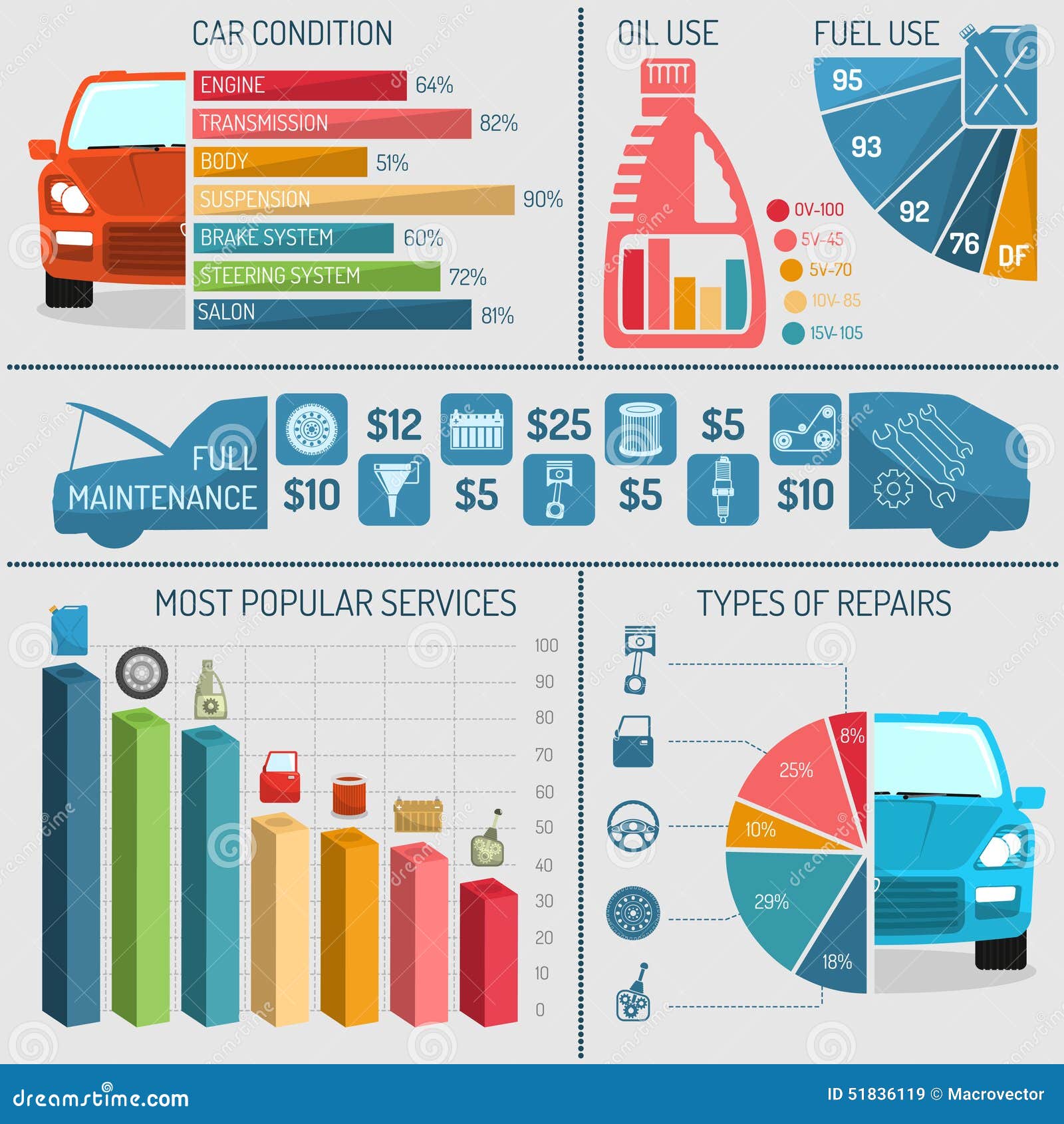Interpreting Your Automobile'S Alert Lighting: Their True Ramifications
Interpreting Your Automobile'S Alert Lighting: Their True Ramifications
Blog Article
Material Writer-Samuelsen Winters
When you lag the wheel, those radiant warning lights on your dashboard can be a bit perplexing. Do you recognize what they're attempting to tell you about your cars and truck's health? Understanding the relevance of these lights is vital for your security and the long life of your vehicle. So, the next time among those lights pops up, wouldn't you want to decode its message precisely and take the needed steps to resolve it?
Common Warning Lights and Interpretations
Determine typical warning lights in your automobile and understand their definitions to make certain secure driving.
The most common warning lights include the check engine light, which signifies concerns with the engine or emissions system. If this light begins, it's critical to have your lorry checked immediately.
The oil stress warning light suggests low oil stress, requiring prompt attention to stop engine damages.
A blinking battery light could recommend a defective charging system, possibly leaving you stranded if not dealt with.
The tire stress tracking system (TPMS) light notifies you to reduced tire stress, impacting vehicle security and gas performance. Disregarding this could lead to risky driving conditions.
The ABS light suggests a problem with the anti-lock braking system, endangering your capacity to stop rapidly in emergency situations.
Lastly, the coolant temperature level cautioning light warns of engine overheating, which can lead to extreme damages otherwise settled swiftly.
Comprehending these typical warning lights will help you deal with issues promptly and keep safe driving conditions.
Significance of Prompt Focus
Understanding the common warning lights in your car is just the primary step; the value of promptly attending to these cautions can not be highlighted sufficient to guarantee your safety and security when driving.
When a warning light illuminates on your control panel, it's your automobile's way of connecting a potential issue that requires interest. Ignoring these warnings can bring about a lot more extreme issues later on, compromising your security and possibly costing you much more in repairs.
Motivate attention to cautioning lights can avoid break downs and mishaps. For instance, a blinking check engine light could suggest a misfire that, if left neglected, might cause damages to the catalytic converter. Addressing Recommended Looking at can save you from a pricey repair service.
Similarly, a brake system alerting light may signal low brake liquid or worn brake pads, essential components for your security when driving.
DIY Troubleshooting Tips
If you discover a caution light on your control panel, there are a couple of do it yourself fixing tips you can attempt prior to seeking professional aid.
The primary step is to consult your automobile's handbook to understand what the details caution light indicates. In some cases the issue can be as simple as a loose gas cap activating the check engine light. Tightening the gas cap may fix the problem.
An additional common concern is a reduced battery, which can trigger different cautioning lights. Examining the battery links for rust and guaranteeing they're protected could take care of the trouble.
If a warning light persists, you can attempt resetting it by separating the car's battery for a couple of mins and then reconnecting it. In https://messiahvpkdx.blogsidea.com/37505257/personal-story-overhauling-my-worsening-car-during-a-weekend-break-explaining-session , checking your vehicle's liquid degrees, such as oil, coolant, and brake liquid, can help troubleshoot warning lights associated with these systems.
Final thought
To conclude, understanding your automobile's warning lights is crucial for maintaining your car running smoothly and securely. By immediately addressing these notifies and recognizing what they suggest, you can stay clear of expensive fixings and possible malfunctions.
Remember to consult your automobile's guidebook for specific information on each warning light and do something about it appropriately to guarantee a hassle-free driving experience.
Keep educated, remain secure when driving!
